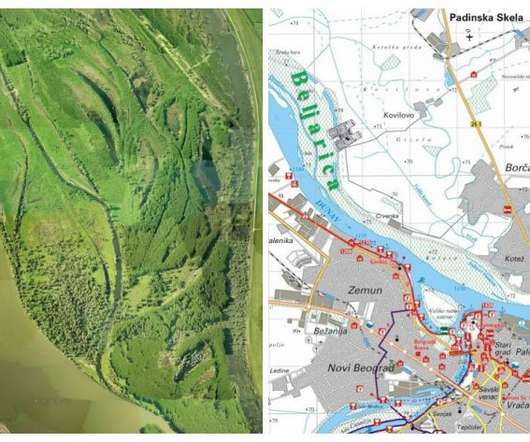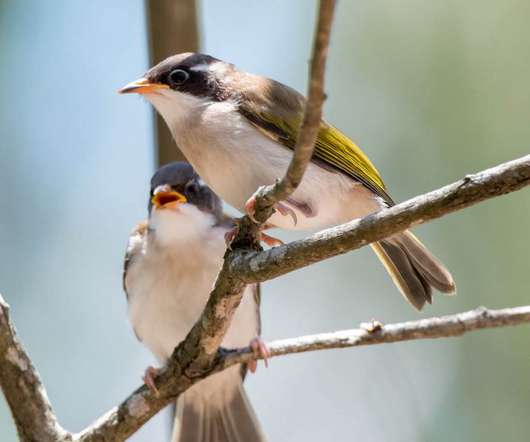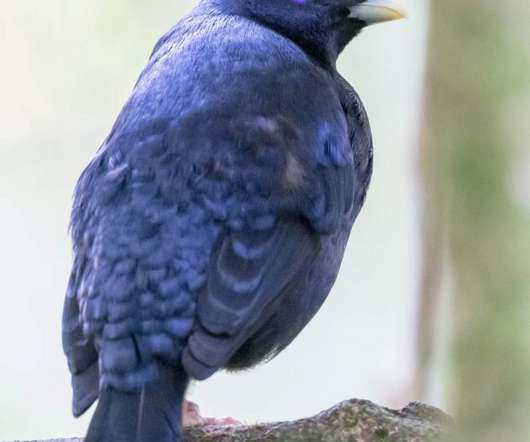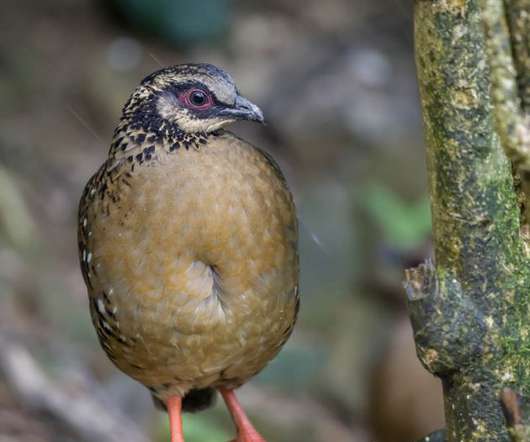Demand for Wildlife Products on the Rise in China
Critter News
JULY 13, 2009
From the China Daily. The trade in TCM {Traditional Chinese Medicine} products has also been growing at an annual rate of 10 percent, which has seriously impacted medicinal plant and animal populations, though more than half of plants and animals being used by TCM are from artificial propagation or captive breeding.
















Let's personalize your content